Maybe you are like me, and although you don’t have a full-blown diary allergy, you consciously consume dairy and have earmarked which forms affect you and how – stomach grumbles, maybe a bathroom trip and/or sinus congestion. I’ve tried alternatives, each with their pros and cons (taste being a theme in the con column) and never getting that satisfaction of dairy. Even the lactose-free dairy option didn’t seem to solve my post-consumption issues.
In walks goat milk. Not knowing my world would change forever, it was a delightful acquaintance. I grabbed it off the shelf thinking, “Why not? I like goat cheese and have tried everything else.” By that point, my dairy adventures had dwindled down to mostly just cream in my morning coffee. I couldn’t have been happier. The creamy richness of dairy without the typical symptoms! But why? This sent me down the road of comparing cow milk to goat milk.
Combing through the data, I found evidence of nutritional values of both cow and goat milk that would support either one coming out on top. A lot of the discrepancies resulted from the breeds they used for comparison, as different breeds of each animal produce slight variations of nutrients which then gets spun into claims such as “(cow/goat) milk has more protein” when in fact it is a minimal value (9g vs 8g). Nothing jaw dropping.
There are a few other aspects that do make their profiles unique. One exception is that the fat in goat milk contains smaller molecules than cow milk, offering more surface area for our enzymes to access and break down the molecules, aiding in improved ease of digestion. Another variable is the ratio of A1/A2 β-casein proteins. The A1-casein molecule resulted from a genetic mutation in cows about 8,000 years ago when a single amino acid changed from a histamine to a proline in its molecular structure. This one structural change is postulated to change the functionality of this milk. Also, the digestion of the A1 version produces a fragment called β-casomrphin-7 (βCM7), an opioid peptide that has been debatably linked to increased rates of heart disease and type 1 diabetes, digestive issues and inflammation. There are other differences that set them apart and continue to be researched, including formation of micelles, chaperone molecules and abilities to aggregate (form curds).
The A1 mutation did not happen in non-cow dairy, such as goat. You may have noticed that there is an A2 version of cow’s milk in stores. The breed of cows that produce this type of milk has been bred to contain only the A2-casein, which was universal prior to the mutation. If you have dairy sensitivities, this may be an option worth trying. It could be your answer. Unfortunately, as with lactose-free cow milk, the A2 version didn’t resolve my sensitivities either.
Goat milk has brought full enjoyment to my morning coffee again. If you have struggled with cow milk and are okay with consuming animal products, I encourage you to give goat milk or other non-cow dairy options a try. Hopefully it turns out to be a productive journey!
Dr. Shari Jainuddin is a naturopathic primary care doctor at One Life Naturopathic and also offers biofeedback training and craniosacral therapy. For more information, call (442) 256.5963 or visit www.onelifenaturopathic.org.
Sources available upon request.
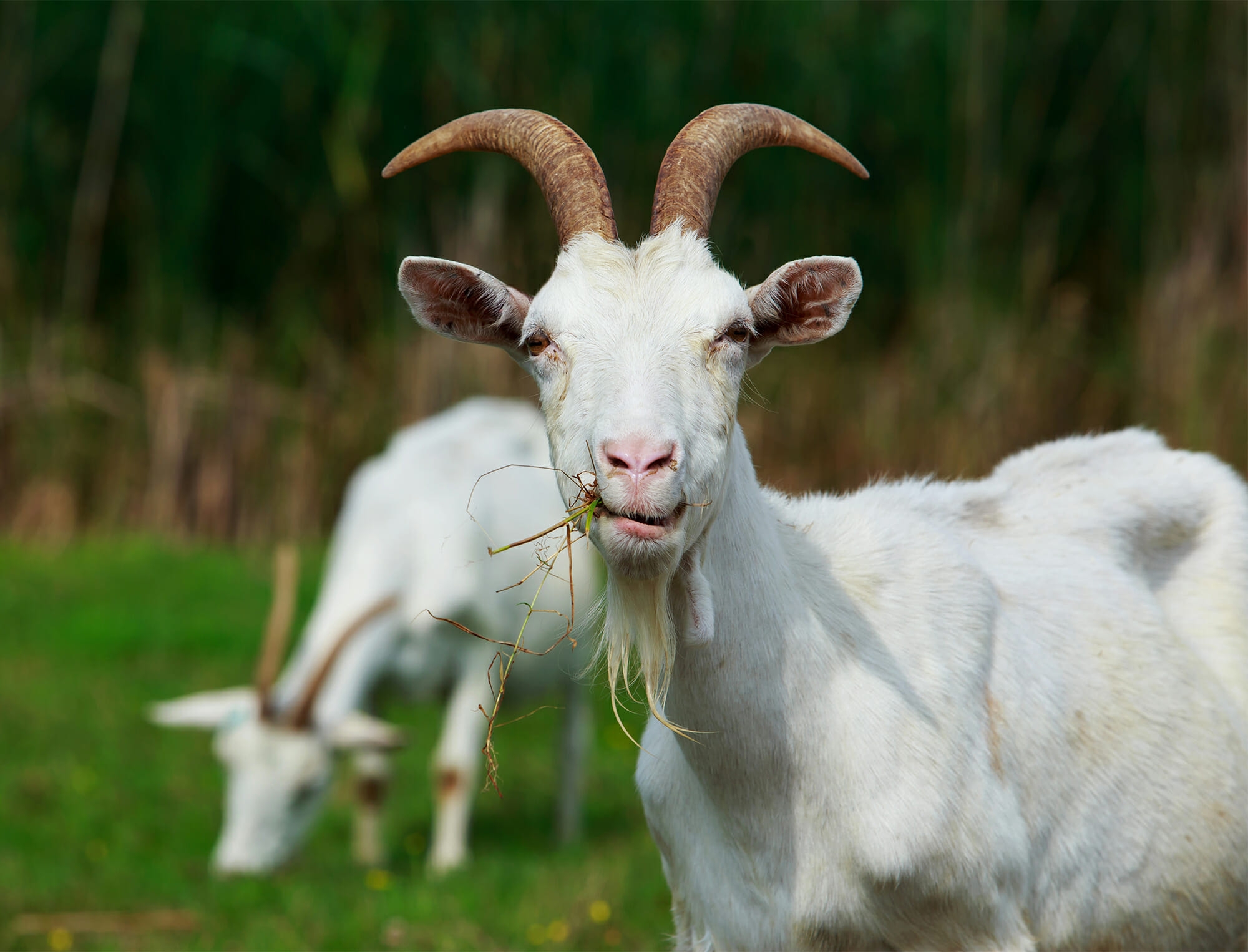







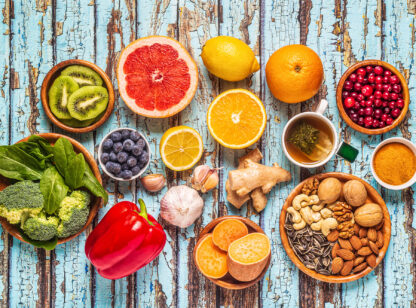
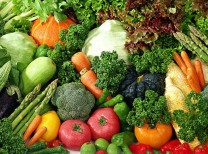

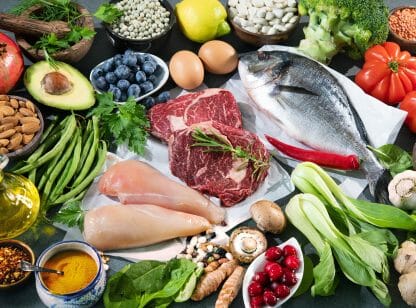


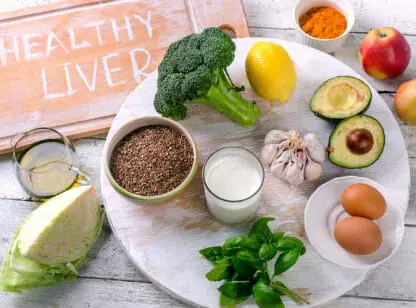
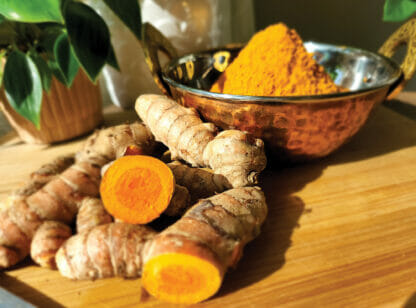

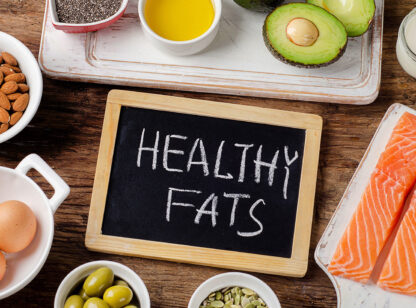






























Comments (0)